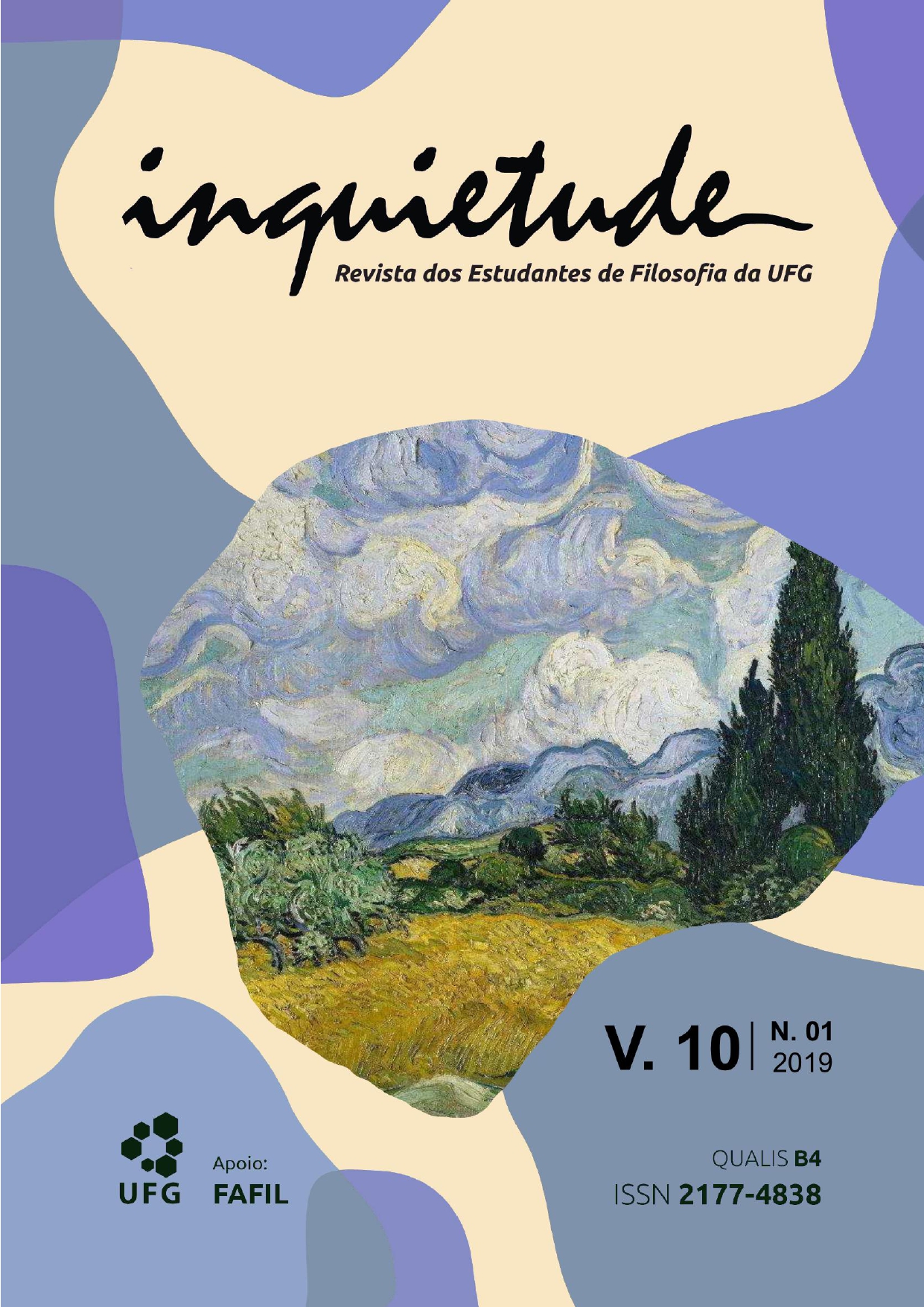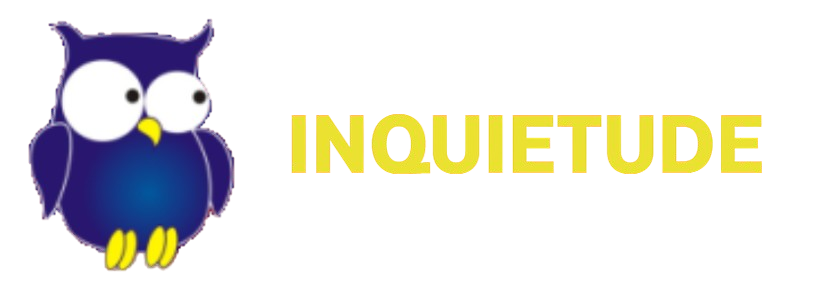Vol. 10 No. 1 (2019)

This journal, launched in 2010, reaches its tenth volume with the present edition. Since its launch, Inquietude has published texts by more than 110 authors and received more than 49,000 hits on its website. Such data are a dose of relief in the midst of the anti-intellectualist wave we experience. The art that makes up the cover of this edition is the Green wheat field with cypress, by Van Gogh. Just as Van Gogh’s fascination with cypress trees has always inspired him, philosophy also inspires us; after all, more than necessary, it is inevitable. In addition, the sense of movement caused by Van Gogh’s work can serve as a metaphor for the worries that philosophy causes us.
The new volume begins with an article entitled David Hume and the conception of reason in a naturalist perspective: An analysis of Edward Craig from the Similarity Thesis, in which Claudiney José de Sousa argues the naturalistic posture adopted by Hume would be a way for the philosopher to oppose the Thesis of Similarity. According to Sousa, the positioning of Hume leads him to a distinct conception about reason and makes the theme of belief something priority in his philosophy.
Then, in Seneca’s view on the contemporary debate between duty’s ethic and virtue’s ethic, George Felipe Bernardes Barbosa Borges argues Seneca contributes both to the ethics of duty and to the ethics of virtue. The author presents concepts found in Seneca's work that fit into the two forms of ethics. More than that, for Borges, such concepts are not exclusive in the work of the Stoic philosopher and therefore one could reconcile duty and virtue by understanding them as complementary.
In the next article, Nietzsche’s ambiguity in relation to Socrates, Laura Elizia Haubert proposes a more accurate analysis about Nietzsche’s vision of Socrates. The author shows that Nietzschean criticism of Socrates, in fact, refers to a Socratism and not to the Greek philosopher himself. Thus, according to the analysis of Haubert, in Nietzsche’s work the character of Socrates operates as a kind of mask that represents what the German philosopher would actually criticize.
In Adorno and Kafka: Negativity's aesthetic, Marina Coelho Santos shows the link between cultural industry and negative aesthetics; the former can be understood as an identity of mass culture and the latter as a "de-identification". Santos argues both mass culture and the aesthetic of negativity are related through modern art. In the article, the author shows, from the works of Adorno, that the negative aesthetic is present in Kafka's work.
Finishing the volume, we present the text Stoicism and the brevity of life, in which Nadir Antonio Pichler, Milena Paula Zancanaro and Talia Castilhos de Oliveira analyze Seneca's writings on the theme of the brevity of life. The authors argue the way of life proposed by Seneca is contrary to the current model of life. For them, Seneca teaches in opposite sense to the way of life in which most people live yearning for the future, that only philosophical leisure is able to reveal the sense of the brevity of life.
We take the opportunity to welcome the new members of the editorial team: Aline Stéphanie Freitas, Anderson Carvalho dos Santos, Arthur Brito Neves, Eduardo Emanuel Ferreira Leal, Brenner Bruneto Oliveira Silveira, Gabriel Caetano de Queiroz, George Felipe Bernardes Barbosa Borges, João Pedro Andrade de Campos, Marina Lacerda Machado, Mariana Andrade Santos, Sabrina Paradizzo Senna and Sabrina Thays.
To close this editorial, we quote an excerpt from the poem O livro e a América by Castro Alves: “Por isso na impaciência / Desta sede de saber, / Como as aves do deserto — / As almas buscam beber... / Oh! Bendito o que semeia / Livros... livros à mão cheia... / E manda o povo pensar! / O livro caindo n’alma / É germe — que faz a palma, / É chuva — que faz o mar”.
We hope you enjoy reading this volume!
Aline Stéphanie Freitas dos Reis
Rafael Arcanjo Teixeira








